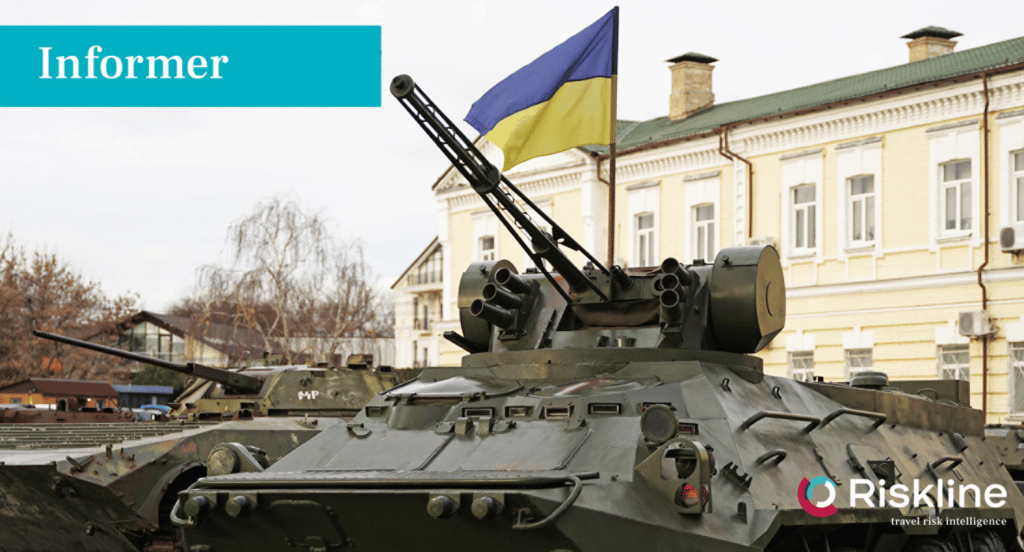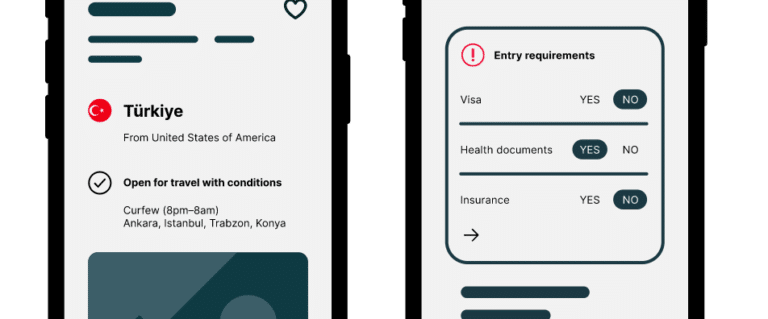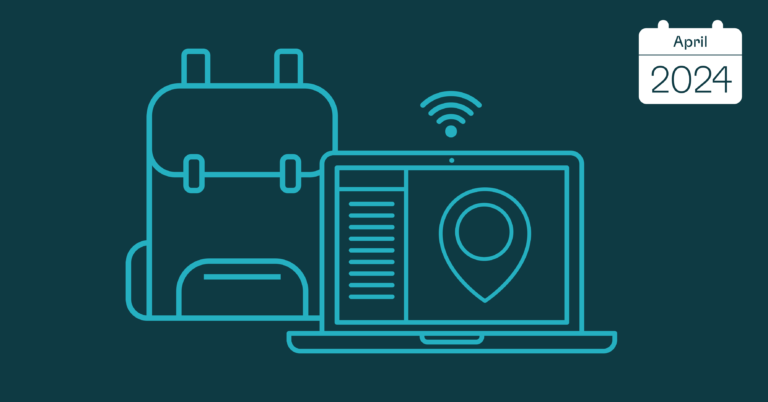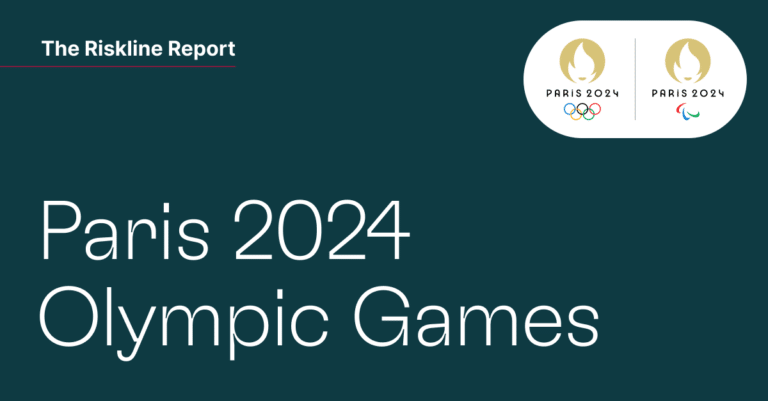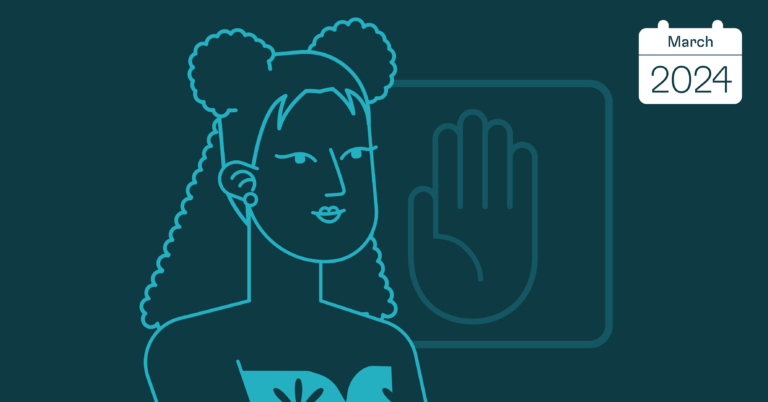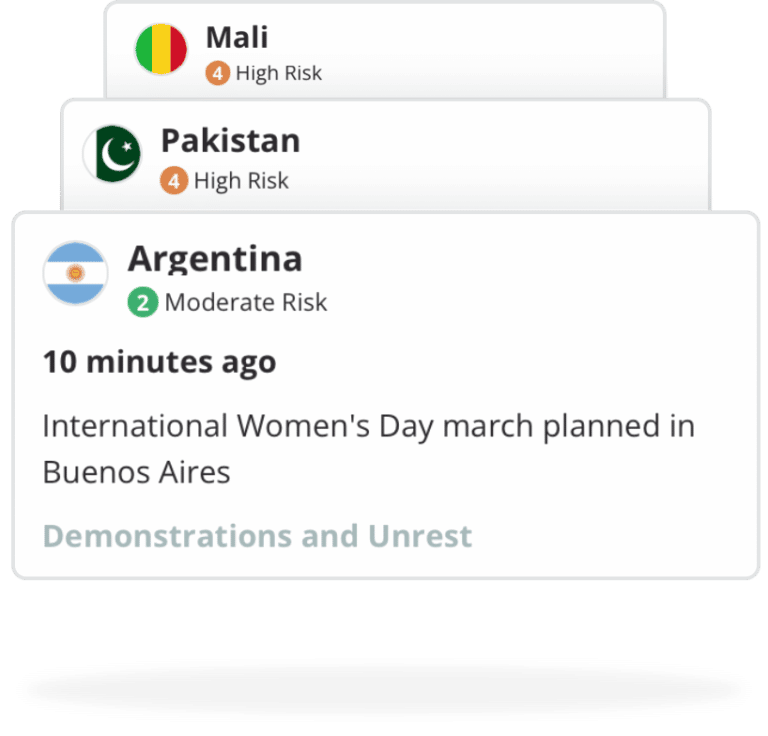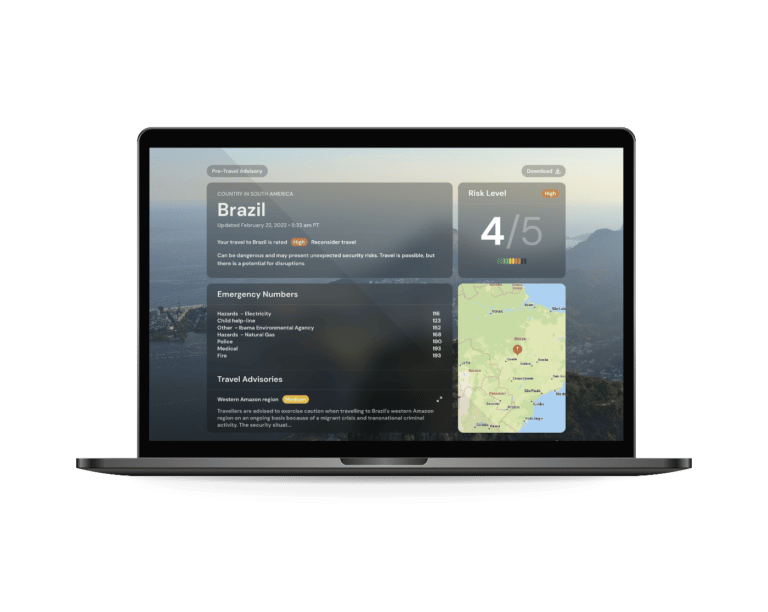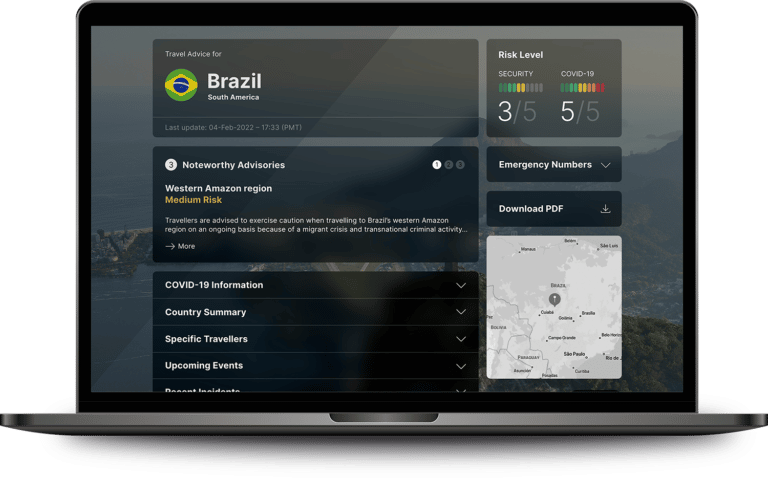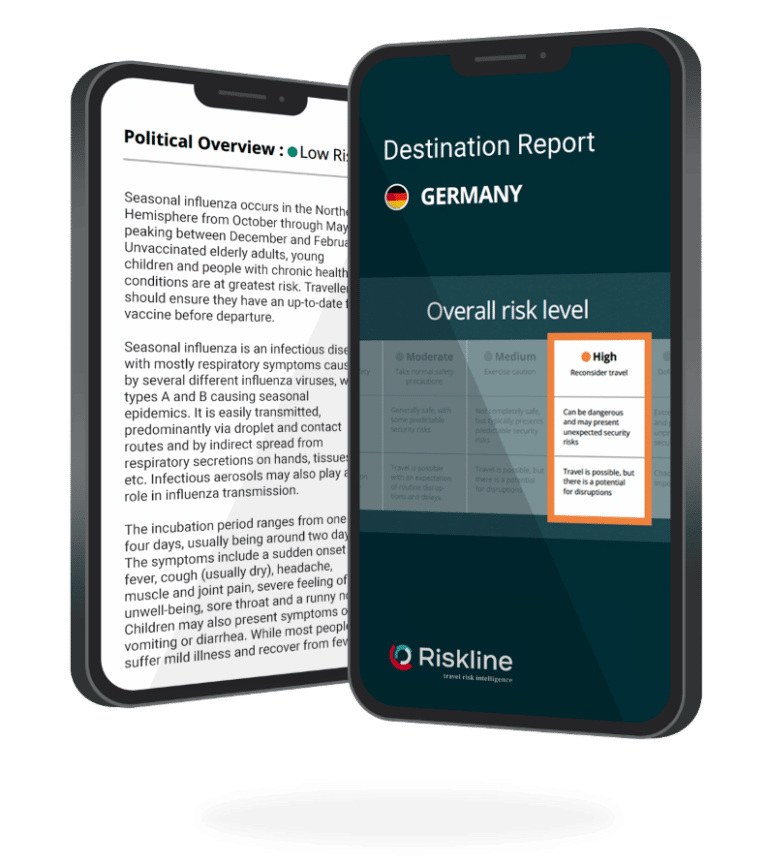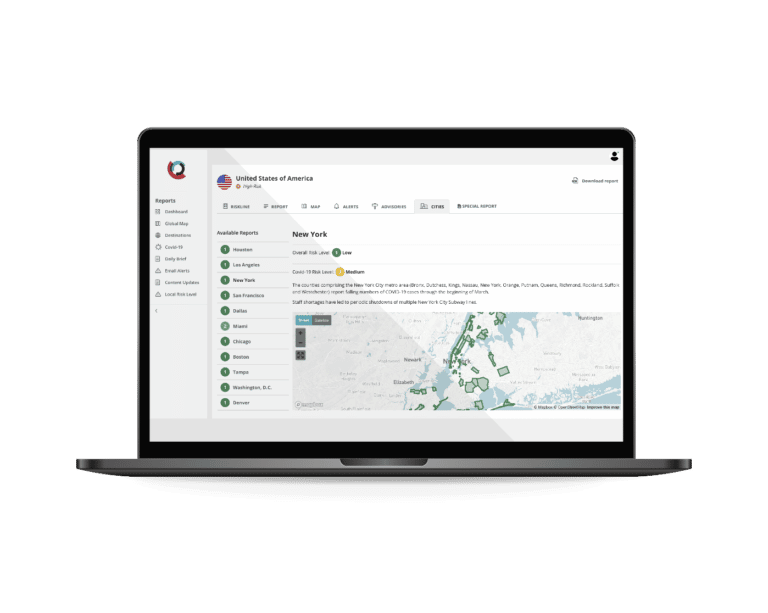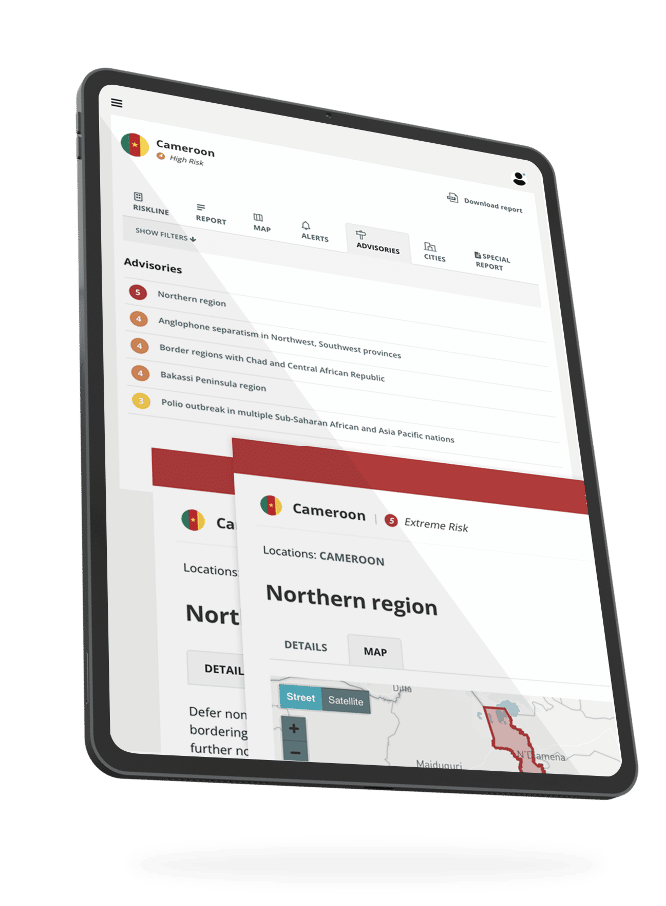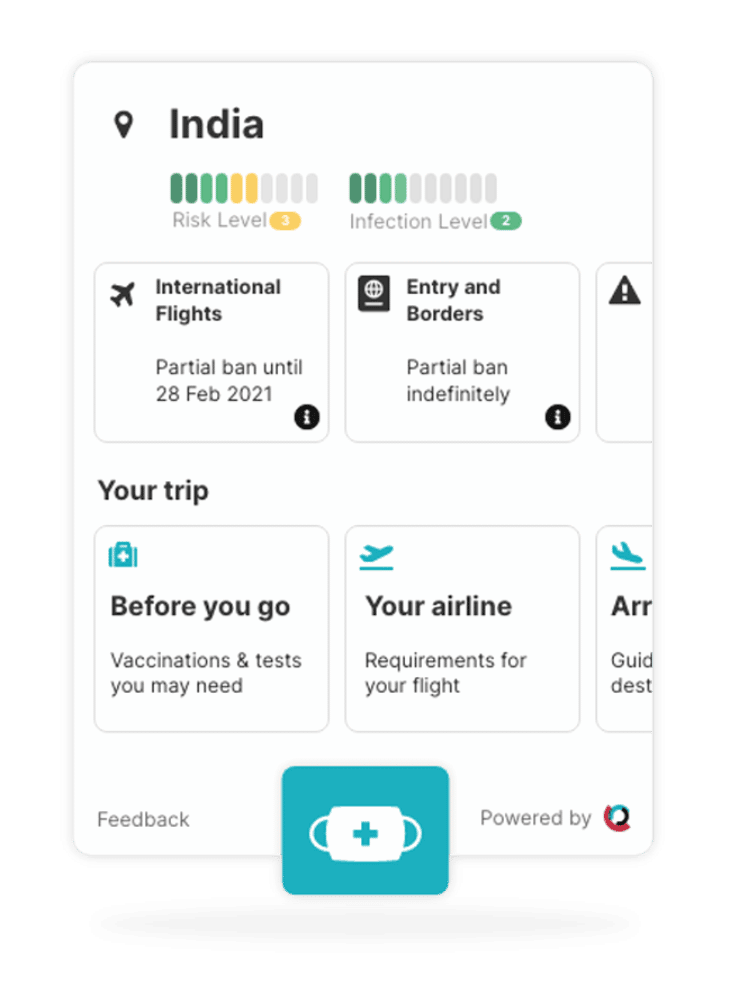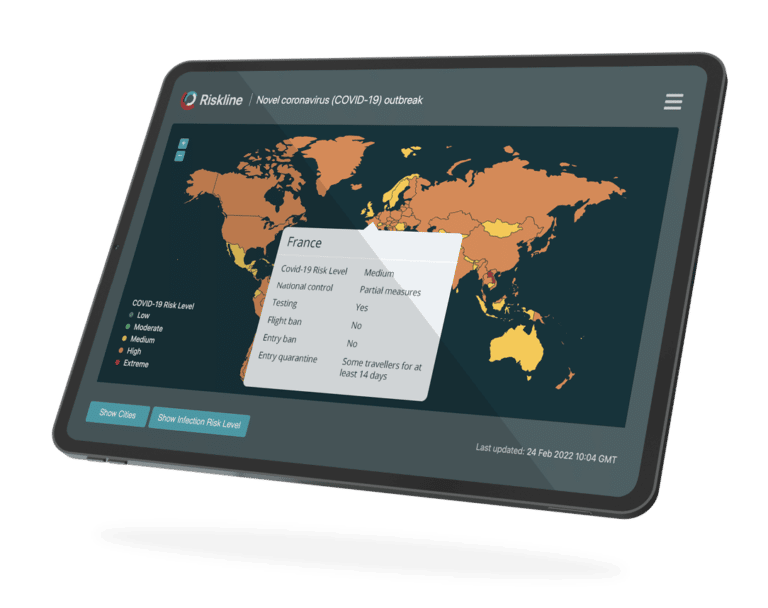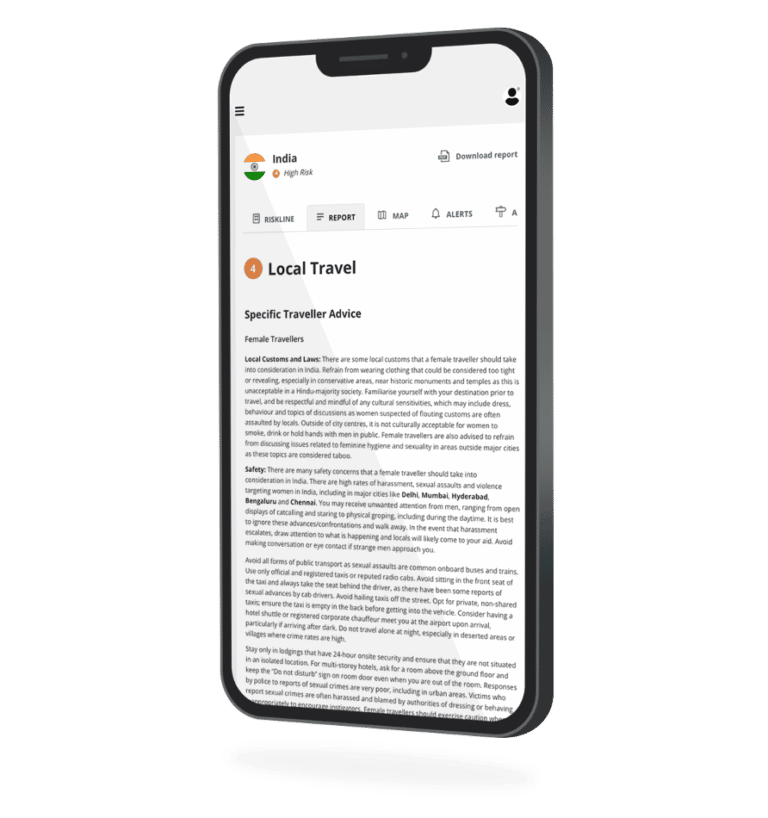By Paul Mutter
Introduction
On 24 February, Russia declared war on Ukraine, launching a wide offensive that had been planned for at least a year prior. While succeeding in taking large swathes of Ukrainian territory in the north and south, the initial thrusts did not succeed in forcing the government of President Volodymyr Zelensky to sue for peace or flee the country. Ukrainian forces dug in and even launched counter-attacks, even as Russian forces advanced to within 30 kilometres of the capital, Kyiv, and heavily shelled Ukraine’s second-largest city, Kharkiv.
Russian state media has also censored most coverage of the war, only describing pro-Russian separatist gains made in the Donbas region and portraying the Ukrainian leadership as “Nazis”. Casualty figures are censored but may already run into the thousands. At home, over 6,000 people have been arrested for taking part in impromptu antiwar protests nationwide, calling for an end to the war.
Unprecedented economic sanctions targeting Russian banks have been implemented by the United States (US) and its NATO allies. Russia finds itself with few allies and is confronted with a reinvigorated European Union (EU) willing to impose further economic penalties and, more importantly, arm and provision the Ukrainian military.
War Plans
The main aim of the Russian military is to seize Kyiv and install a new government amenable to Moscow’s demands of recognizing its annexation of Crimea, the independence of the separatist Donbas region and demilitarisation of Ukraine. Western intelligence agencies believe that the seemingly haphazard deployment of Russian forces in and around Kyiv, including two failed airborne assaults to capture airfields, illustrates that the opening phase of the invasion was premised on faulty assumptions about Ukrainian capabilities.
Public statements by Russian officials prior 24 February, and even since, repeatedly denigrated Ukrainian morale and military capabilities, even predicting a total Ukrainian collapse within 72 hours. Defying these assumptions, mass defections and air superiority have not materialized.
Approximately two-thirds of Russian combat forces mobilised for the invasion have entered Ukraine, the remainder either hanging back to consolidate gains or because the Russian logistics network cannot support their further advance. The Ukrainian Air Force has also been able to preserve and utilise assets, denying the Russians full control of the skies despite being greatly outnumbered.
Even though NATO has declared it will not directly intervene, the conflict retains the possibility of expanding. Military aid continues to flow into Ukraine via its western border with Poland. Russia may decide to redeploy forces to Belarus and, in coordination with the Belarusian military, launch an attack into western Ukraine that would make it unsafe for these deliveries to continue. Such an attack aimed at Ukraine’s de facto second capital, Lviv, would be met with heavy Ukrainian resistance and also imperil the safety of refugees streaming into the EU. Increasingly brutal Russian suppression of armed resistance, particularly targeted killings, arrests and shelling of residential areas, could also lead to unforeseen escalation.
Within the Russian military and government, Western intelligence believes there is widespread skepticism of the sensibility of this war, as plans for it were kept closely held in advance and it was initially presented as a “peacekeeping” mission limited to the Donbas region. Immediately prior to 24 February, Russian President Vladimir Putin humiliated the members of his cabinet and Russia’s richest men by calling them to meet with him and accede to his wishes in pre-recorded broadcasts that were shown to justify the declaration of war against Ukraine.
The public display, unprecedented in Putin’s rule to that point, was clearly aimed at binding them all to the military venture and quashing any dissent. Given the vehement insistence from Moscow that Kyiv must completely submit to returning to the Russian sphere of influence it began moving away from in 2014, it is unclear what victory conditions short of submission would be acceptable to Putin.
It is also unclear how Russia would maintain this state of affairs, absent a large, permanent military deployment in Ukraine to prop up any prospective collaborationist government. Tentative peace talks have only barely begun as Russian forces continue to try to break into major cities, with no sign of stopping despite their setbacks.
Summary
The Russian government is determined to force Ukraine to reintegrate into its historic sphere of influence by force but it remains unclear how a lasting victory could be won, while Ukraine hopes to endure long enough for Russian forces to collapse under the weight of their seemingly contradictory objectives.
Paul Mutter is a US-based political and security risk analyst.

